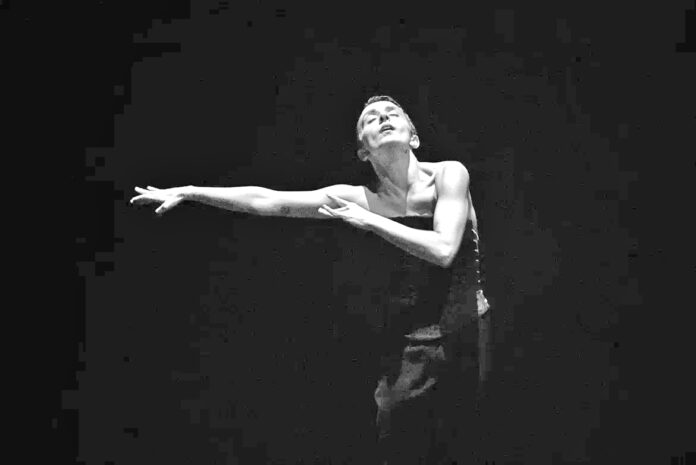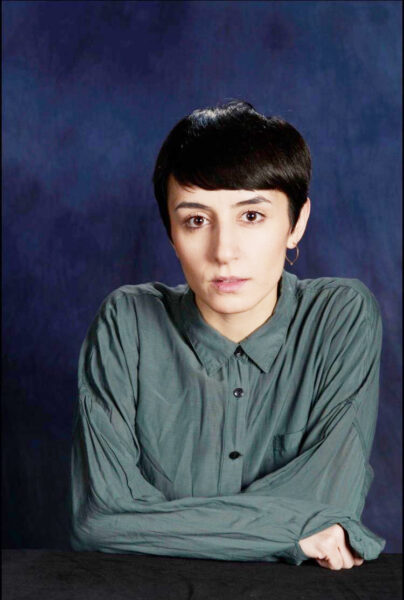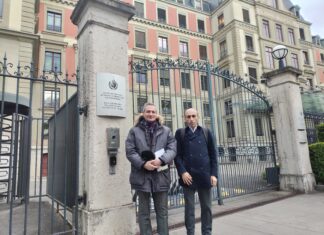YEREVAN / HANOVER, Germany — Ballet dancer and choreographer Lilit Hakobyan has worked in Germany since 2007. A daughter of Armenian ballet artists, from 1998 to 2006, she studied at the Yerevan School of Dance. In 2006-2007, she performed at the Yerevan Spendiaryan Opera and Ballet Theater (“Gayane,” “Don Quixote,” “Giselle,” “Carmen-suite”). Between 2007 and 2011, she worked at Flensburg Dortmund Ballet, Hof theater, dancing in ballets by Balanchine, Forsythe and Soto. Since 2011, Lilit has been a solo dancer at the Hanover State Theater; she has danced in productions by Marco Goecke, Jiri Kylian, Paul Lightfoot and Sol Leon, Hans van Manen, Medhi Walerski, Adonis Foniadakis, Jörg Mannes, Nadav Zelner, Goyo Montero and Mario Schröder.
Lilit, a Japanese proverb says “All dancing girls are nineteen years old.” Do you also agree?
I mean when you look to a dance performance, perhaps everyone looks 19-year-old, by the amount of energy it comes across, perhaps gives that very young feeling out there. For a while, I have not felt 19.
The male members of your generation’s Armenian ballet dancers have been very successful working abroad. How do you explain that the girls were comparably fewer than the men?
There can be two aspects that I can think of. In Europe boys get scholarships easier than girls, so therefore it is easier to get free studies and jobs later. Another aspect, is, I think that as an Armenian girl, it is not that easy to convince your family to leave the country.
George Balanchine said that woman is first and men are consorts in his ballets. “God made men to sing the praises of women. They are not equal to men: They are better.” Is he right?











